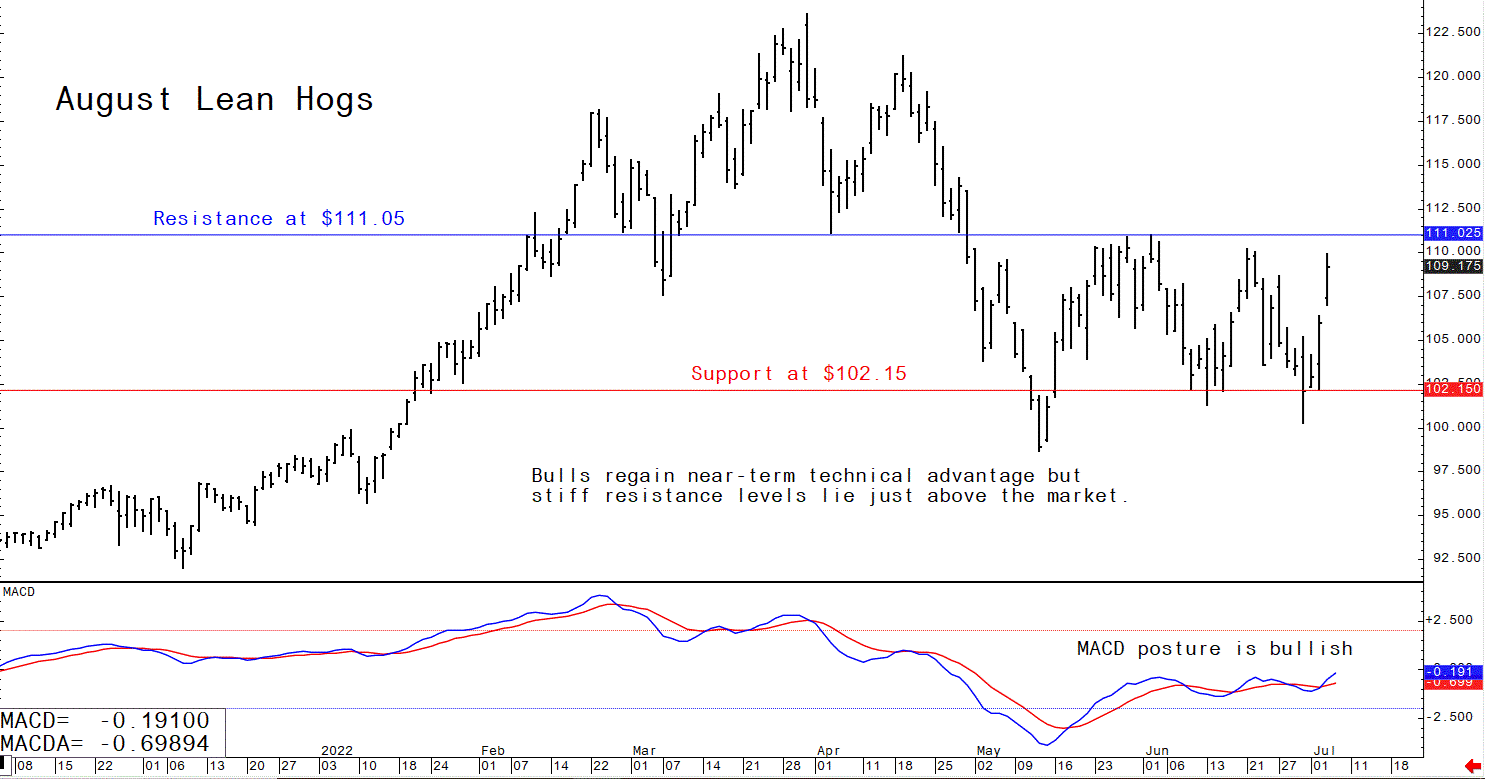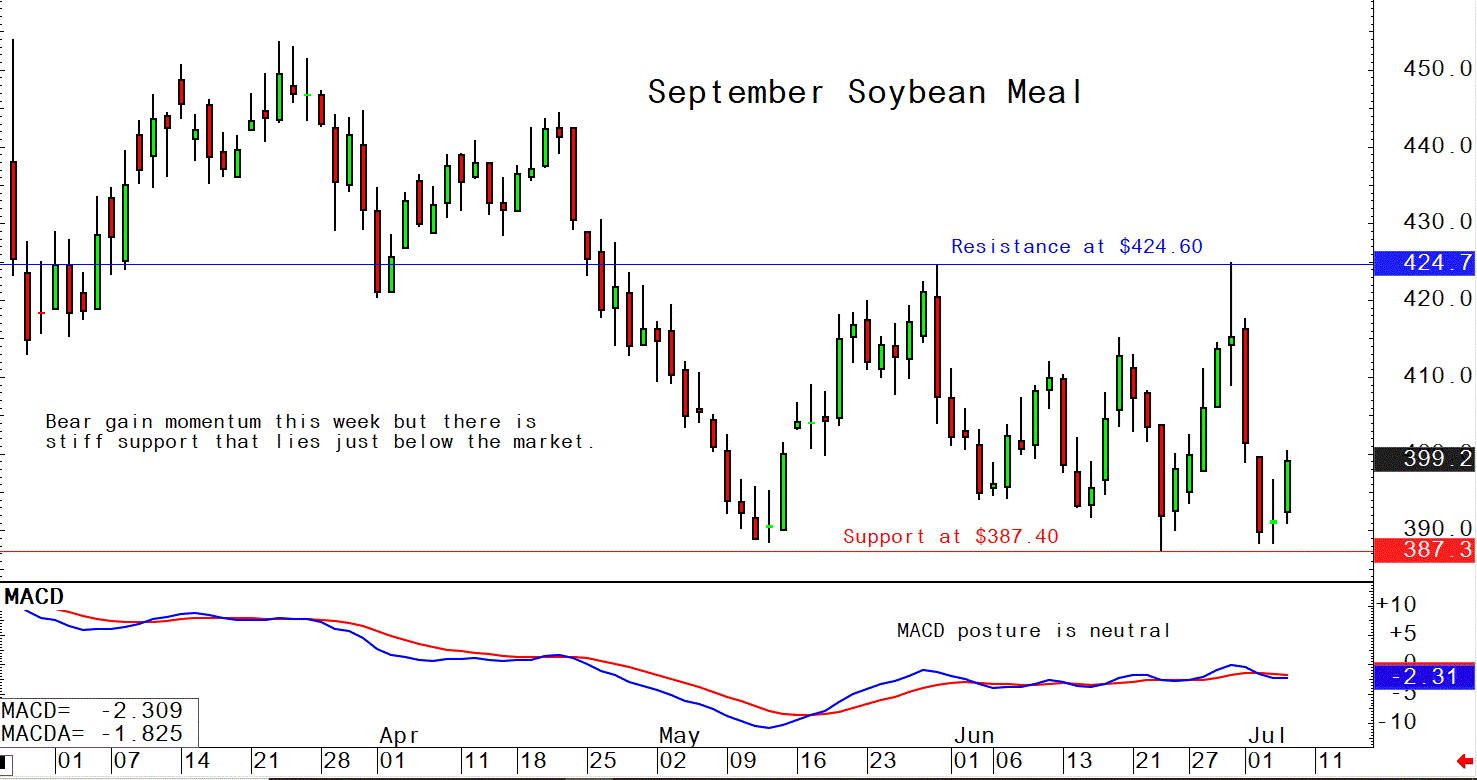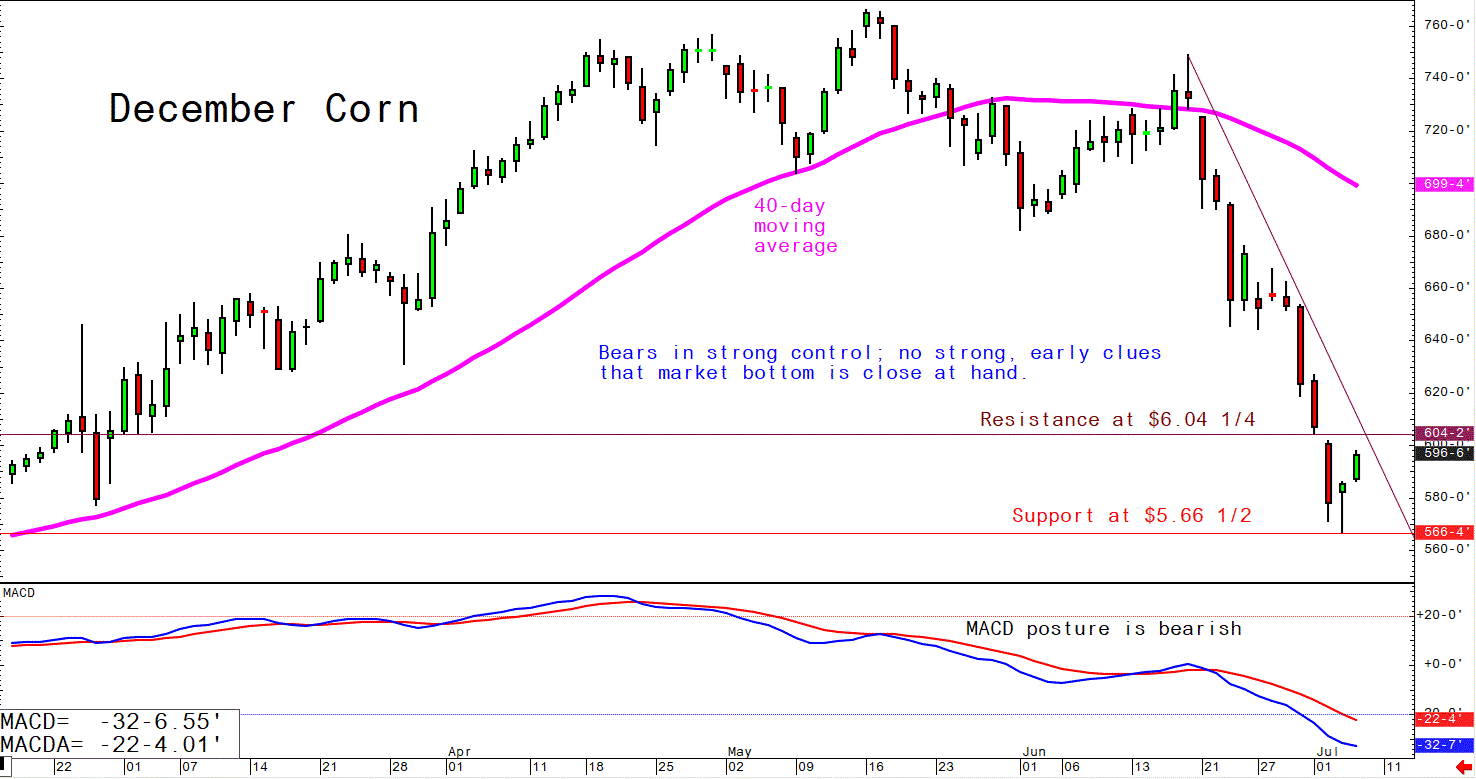



Pig outlook: Chart posture improving for US hog futures, ASF in Germany
Latest USDA reports and other global newsThe pig traders’ perspective: Lean hog futures gains this week have given the bulls some technical momentum. The futures price gains also suggest hog traders anticipate the cash market will strengthen over the near term. August futures’ discount to the CME cash hog index has narrowed to around $1.50 from a nearly $8 discount at the end of last week. Futures’ strength reflects renewed strength in US wholesale pork prices. Pork cutout values jumped $5.77 Tuesday to a three-week high at $114.48, which suggests consumer red meat demand is proving stronger than expected even amid recession concerns. Hog market bulls also point out that current US hog supplies are at their lowest levels of the year and probably won’t increase substantially until the second half of July.
China calls on hog sector to ensure steady supply as prices surge
China’s state planner urged hog producers to ensure steady supplies after prices surged in recent months. Hog prices in the world’s top pork producer are up 50% since early May, driven in part by tighter supplies following a reduction in the breeding herd. But the main reason is “irrational reluctance to sell and secondary fattening in the market,” the National Development and Reform Commission (NDRC) said. Secondary fattening refers to farmers buying market-ready hogs and raising them to heavier weights to benefit from high margins.
Germany finds new cases of ASF
Two more case of African swine fever (ASF) have been confirmed on hog farms in Germany, the country’s ag ministry announced. One was in the western state of Lower Saxony, which was previously free of the disease and the other was in the eastern state of Brandenburg where the disease has been found before. Lower Saxony is Germany’s largest hog production area with about 6.4 million head, Germany’s national statistics office says.
China hog futures prices surge
Live hog futures traded in Dalian have surged to their strongest in a year, while wholesale prices are at a six-month peak. Higher costs look set to linger as the latest virus outbreak is brought under control and meat consumption rebounds. And supply issues around China’s favorite meat, which has the biggest weighting among foodstuffs in the consumer price index, could mean that pork prices are at the start of a longer-lasting, cyclical upswing that poses an inflation risk to the wider economy, according to Ming Ming, chief economist at Citic Securities Co.
China adjusts sow herd data for May
China’s ag ministry said its sow herd fell more than 8% in May compared with a year ago, more than the almost 5% decline previously estimated. But total size of the breeding herd at 41.92 million head did not change, according to data on the ministry website.
China’s pork prices surge
For the week ended July 1, the pork price in China was 26.25 yuan ($3.91) per kilogram, up 14.9% from the previous week, according to the ag ministry. The ministry attributed the jump in price to declining hog supplies in the northern part of the country and “reluctance to sell” by producers. The National Development and Reform Commission said earlier this week it will take timely measures and tighten market oversight to prevent sharp increases in pork prices.
The next week’s likely high-low price trading ranges:
August lean hog futures--$105.00 to $112.50, and with a sideways-higher bias
September soybean meal futures--$387.40 to $425.00, and with a sideways bias
December corn futures--$5.50 to $6.30 and a sideways-lower bias
Latest analytical daily charts lean hog, soybean meal and corn futures












